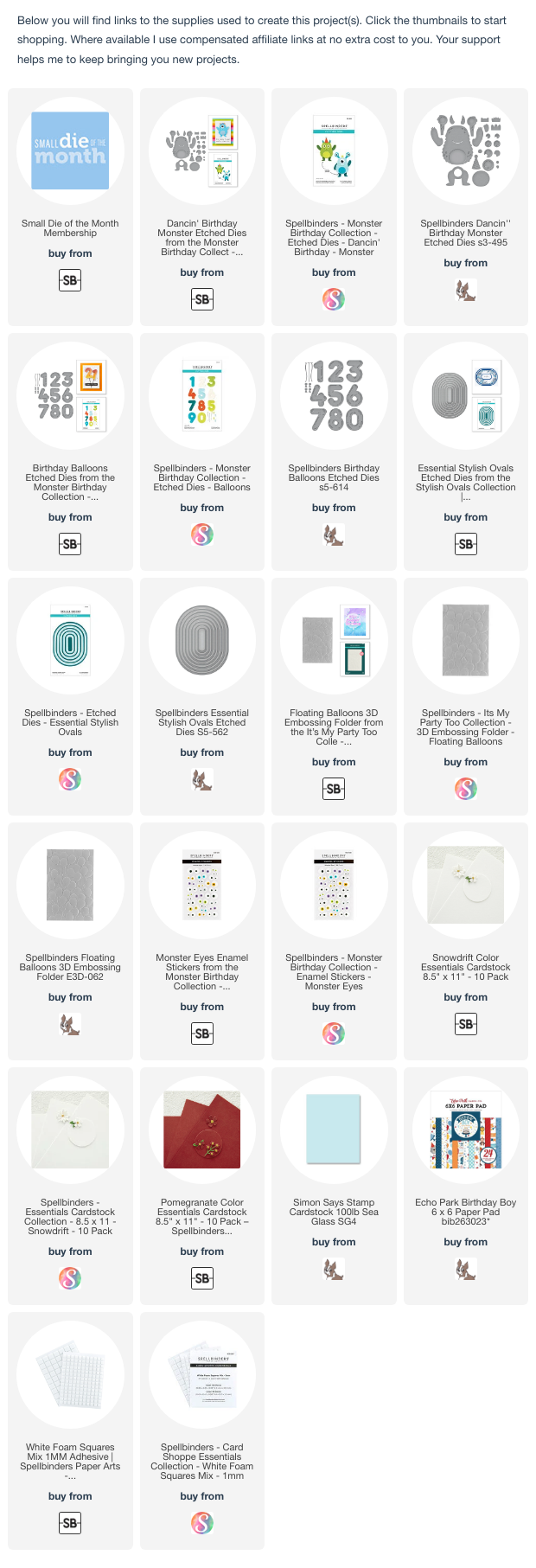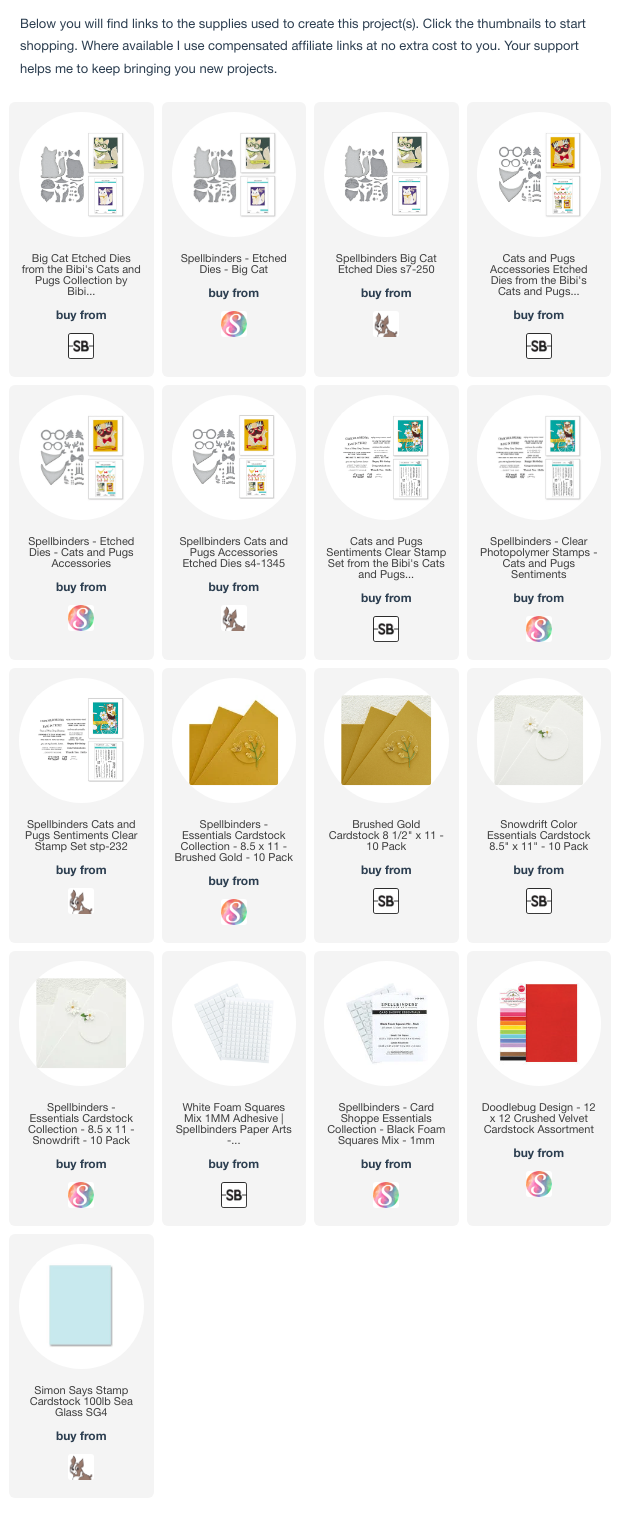Hello! Today I am participating in a blog hop sharing projects created with Spellbinders Club Add Ons, (offered January to May 2024), which are now available for individual purchase. A full list of blog hop participants is at the end of the post. You should have reached me from the blog of Daniel West. Step into a world of enchantment with this birthday card featuring the Spellbinders die set Fairy Tales.

To celebrate this release, Spellbinders is giving away a $25 gift certificate to 3 lucky blog readers – selected from the comments on our blog. Giveaway closes Sunday, August 11th, 11:59 pm MST. The winner will be announced in this blog hop post the following Wednesday. The winner is responsible for shipping costs, duties, and taxes. Please note that store credit (gift certificate) cannot be applied to Club Subscriptions. Store credit can be applied to shop past Club products, Club extras and regular releases.

With a whimsical castle in shades of pink and purple, this card is perfect for celebrating a special girl’s birthday. Whether you’re crafting for your daughter, niece, or a little princess at heart, this card captures the magic of fairy tales and adds a touch of wonder to her big day. The Fairy Tales die set was offered as the Deluxe Caboodle set in March 2024; you can see the first card I created with the set HERE.

Thanks for dropping by! Head next to the blog of Allison Frazier. Scroll for full list of blog hop participants.


Spellbinders Blog
Yana Smakula
Nichol Spohr
Daniel West
Jean Manis<–You are here
Allison Frazier
Jennifer Kotas
Linh Van
Sheri Gilson





















